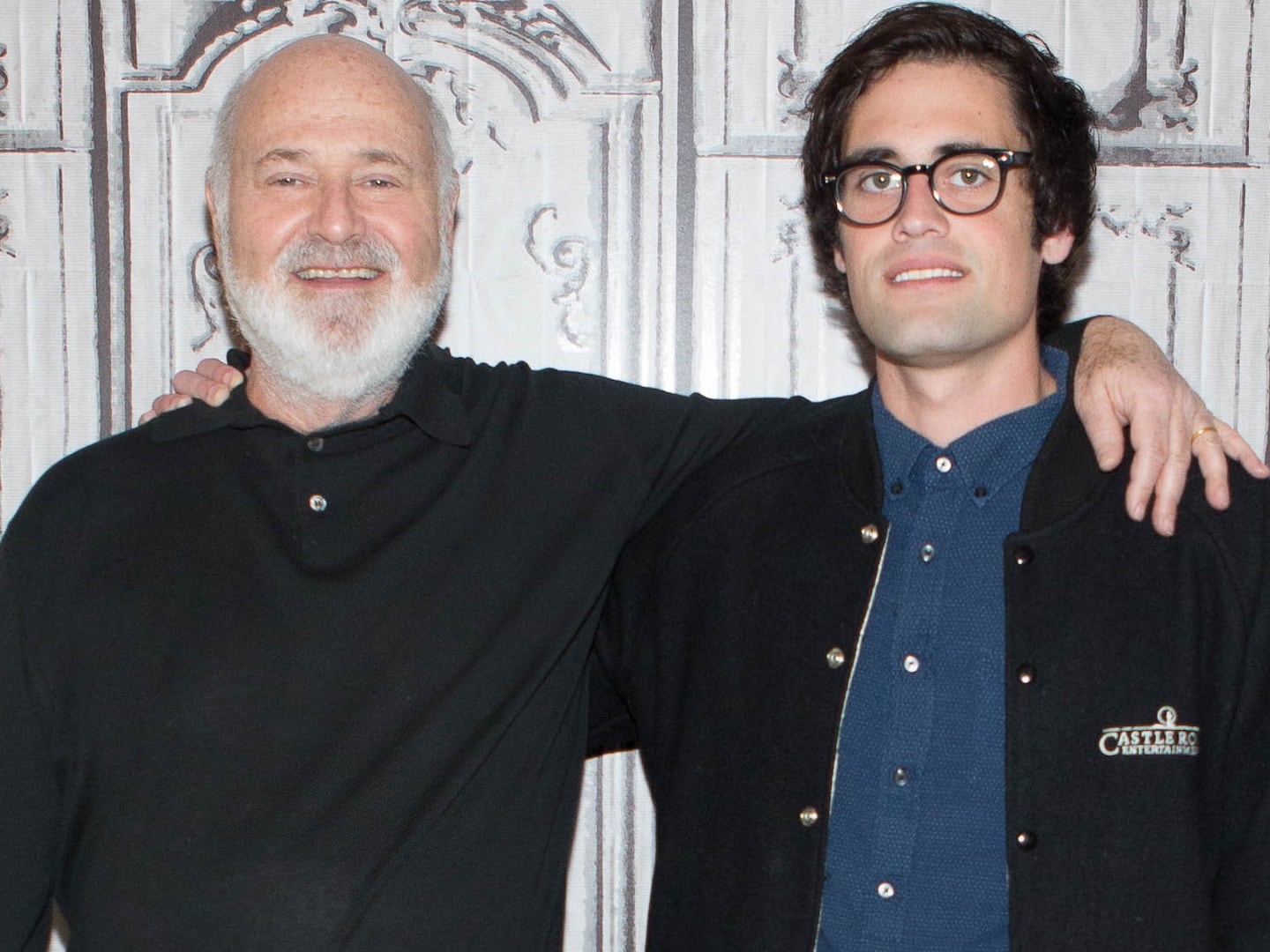The Muslim teen who became an overnight celebrity after Texas cops mistook his homemade clock for a bomb has received a White House invitation, shoutouts from Facebook, MIT, and NASA, and more than $15,000 for an academic scholarship.
But some engineers say something’s fishy about the high schooler’s invention, and the Internet has been lit aflame by claims of conspiracy. The fact that a teenager was put in handcuffs over his clock appears to be less of a concern to some people than the apparently shoddy engineering of the “invention” in question.
Electronics experts who examined photos of 14-year-old Ahmed Mohamed’s creation called it a fraud loudly enough to grab the attention of famed atheist and biologist Richard Dawkins, who on Sunday tweeted: “We were all fooled.”
Dawkins went as far as suggesting the ninth-grader had a “motive” for his arrest over the digital clock, which was inside a black pencil case and tied shut with a cable. “If this is true, what was his motive?” Dawkins wrote. “Whether or not he wanted the police to arrest him, they shouldn’t have done so.”
On September 14, police in Irving, Texas, handcuffed Mohamed, took him to a juvenile detention center and charged him with having a hoax bomb. His family says cops denied the teen’s repeated requests to speak to his parents. Two days later, amid a public furor, the charges were dropped.
Anthony DiPasquale, the webmaster for Artvoice.com, exposed the circuitry behind Mohamed’s clock. In an interview with The Daily Beast, he said, “My initial reaction was probably pretty similar to everyone else’s: ‘Wow, I feel really sorry for the kid’... The nerd in me wanted to know specifically what he did—what technology or methods he might’ve used.”

But the self-styled electronics geek says that Mohamed’s homemade gadget is actually a factory-produced clock. “Somewhere in all of this—there has indeed been a hoax,” he wrote in a controversial post on Artvoice. “Ahmed Mohamed didn’t invent his own alarm clock. He didn’t even build a clock.”
DiPasquale said all signs point to a mass-produced model. He traced the 1980s-era circuit board, which has a silk-screened “M” logo, to a vintage Micronta clock found on eBay. He noted other “dead giveaways” of a store-bought clock, including a switch to select 12- or 24-hour time and a battery backup.
“Anyone with even a basic hobby-level understanding could see it was a commercially available mass-produced product that was just taken out of its enclosure, and placed in a pencil box,” DiPasquale told The Daily Beast. “So I read some more about the story, and nowhere did I see anybody actually bring that point up.”
“Here we have a social media frenzy going on, with everybody to the president of the United States giving him a pat on the back, and I started thinking less about the clock, and more about us, as a society,” he added.
The public outcry over Mohamed’s arrest was also, presumably, less about the clock and more about what it says about us, as a society, that such a thing would happen.
DiPasquale questioned if other aspects of the teenager’s story about the clock aren’t being fully reported or fact-checked by reporters. In one interview, for example, Mohamed says he closed the pencil case with a cord so it wouldn’t look suspicious in school.
“I’m curious, why would ‘looking suspicious’ have even crossed his mind before this whole event unfolded, if he was truly showing off a hobby project, something so innocuous as an alarm clock. Why did he choose a pencil box, one that looks like a miniature briefcase no less, as an enclosure for a clock?” DiPasquale wrote.
Since carrying a pencil box is not a crime, Mohamed does not, presumably, owe anyone an explanation. But DiPasquale says that Mohamed and his poorly repurposed clock aren’t the problem—it’s the knee-jerk reaction from the press and social media activists crying racism and attacking school administrators and police without knowing all the facts.
“Because, is it possible, that maybe, just maybe, this was actually a hoax bomb?” he wrote. “A silly prank that was taken the wrong way? That the media then ran with, and everyone else got carried away? Maybe there wasn’t even any racial or religious bias on the parts of the teachers and police.”
DiPasquale does not appear to have offered any evidence supporting his hoax theory.
A research scientist narrated a similar takedown of Mohamed’s device on YouTube and faced a surge of negative comments accusing him of racism and of picking on a 14-year-old kid.
Thomas Talbot, an electronics author and prominent medical virtual reality scientist, said the clock’s printed circuit boards and ribbon cables, along with the 9-volt battery backup, are signs of a commercial product.
In his video, Talbot displays a photo of Mohamed’s clock and on screen, flashes an arrow over a tangle of cords jutting from the case. “This was put in here to look like a device, with these cables and these… to look like a device that would be suspicious, and I think intentionally so,” he says of the design.
“This is simply taking a clock out of its case, and I think probably for provocative reasons, intentionally,” he said in his video. He did not elaborate further.
“When I saw this, I thought, ‘We’re getting duped here,’” Talbot told The Daily Beast, adding, “Anybody who knows electronics really well needs less than five seconds to know that was a clock taken out of the box.”
The researcher, who has run contests for young inventors Mohamed’s age, said he doesn’t intend to pick on Mohamed but rather the media’s failure to capture more of the story. Over the weekend, social media activists embarked on a campaign to downvote his YouTube video, which had more than 380,000 views Sunday night.
“Whether it fits your narrative or whatever you want to believe… this particular child down in Texas did not make anything,” Talbot said in the video, adding, “People should not recognize this as an invention and recognize this child as an inventor for this particular creation.”
Mohamed’s family did not return messages left by The Daily Beast.
Since Mohamed’s story went viral, his family has held national attention, and the Council on American-Islamic Relations has helped facilitate their media coverage.
“He just wants to invent good things for mankind,” Ahmed’s father, Mohamed Elhassan Mohamed, told The Dallas Morning News after his son’s arrest. “But because his name is Mohamed and because of Sept. 11, I think my son got mistreated.”
Mohamed’s official Twitter account shows tour and event offers from Google, MIT, and Twitter and a scholarship to Space Camp. In one September 16 post, which includes a beaming selfie of Mohamed and two allies, the teen wrote: “Going to meet my lawyer.”
It’s been enough for conservative websites like Breitbart to all but fuel conspiracy theories on Mohamed’s meteoric rise and his father’s history as an anti-Islamophobia gadfly who twice ran for president of Sudan. Infowars was less restrained with its headline: “Fake hate? Is clock kid furor all a big setup?”
For some electronics experts, Mohamed’s windfall is unfair to students that actually invent things. Bryan Bergeron, an author of electronics books and editor in chief of the magazine Nuts & Volts, said that Mohamed’s project “would be ‘cute’ for someone age 7. But even then, not ‘inventive.’”
“The problem with giving this 14-year-old—whom I have nothing against; I really know very little of him—kudos for being inventive, is that there are tens of thousands of 11-year-olds out there actually designing circuits, building them from scratch and ‘innovating,’” Bergeron told The Daily Beast.
Bergeron said Mohamed’s special treatment was “political” and in reaction to the public backlash over the teen’s arrest, an idea that will probably not be disputed by anyone following the story—Mohamed has received more attention than other young inventors because he was put in cuffs and other young inventors were not.
Bergeron continues, “This treatment does a big disservice to the tens of thousands of pre-teens out there doing REAL innovative things with electronics and technology.”






